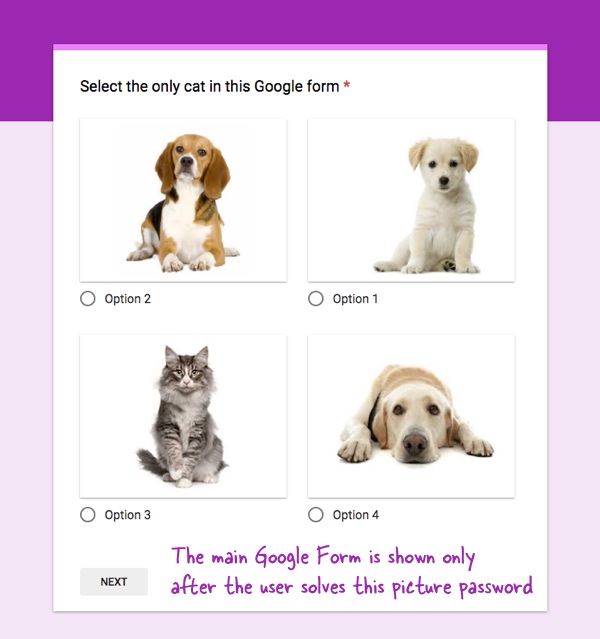Learn how to copy the YouTube playlists of another YouTube users to your own account. You can also merge one or more YouTube playlists into one for easy viewing.
Millions of YouTube users are working diligently to organize this ever-growing database of videos into playlists that make the YouTube experience even more enjoyable.
Looking for inspiring Steve Jobs speeches on YouTube? Classic nursery rhymes for kids? Popular music videos of Adele? Well, chances are that some YouTube user may have already curated the best videos for a topic into playlists that you can watch on any device with a click. You can even download YouTube playlists on your Android or iPhone for offline viewing.
Save Playlists vs Copy Playlists-
When you open any video playlist on YouTube, you have the option to save that playlist. This is like creating a bookmark that you can revisit later to watch that playlist again. However, it is a read-only playlist and you have absolutely no control over the content of that playlist.
Also, like everything else on the web, your saved YouTube playlists may disappear without warning. This can happen if the playlist creator deletes the playlist or if their YouTube account is suspended for, say, copyright infringement. When the YouTube account is gone, the user’s playlists are removed too.
The solution is simple. If you would like to save a YouTube playlist permanently, you should clone that playlist into your own YouTube account. You’ll become the owner of the copied playlist and thus, if the original disappears, you aren’t affected.
Also, like everything else on the web, your saved YouTube playlists may disappear without warning. This can happen if the playlist creator deletes the playlist or if their YouTube account is suspended for, say, copyright infringement. When the YouTube account is gone, the user’s playlists are removed too.
The solution is simple. If you would like to save a YouTube playlist permanently, you should clone that playlist into your own YouTube account. You’ll become the owner of the copied playlist and thus, if the original disappears, you aren’t affected.
How to Copy YouTube Playlists of Another User-
Introducing YouTube Copier, a web app that lets you easily copy any public video playlist to your own YouTube account.
To get started, sign-in with your YouTube account and allow the app to access your Youtube account. Now enter the YouTube playlist URL (like this one) and choose the privacy of your new playlist – it can be either public (visible to all), private (only visible to you) or unlisted (visible to people who know the link). That’s it.
Click the “Copy Playlist” button and a copy should be ready in your YouTube channel within a minute. Also, you can copy playlists of any size – they can have 20 video or 800 – the tool will copy them all.
To get started, sign-in with your YouTube account and allow the app to access your Youtube account. Now enter the YouTube playlist URL (like this one) and choose the privacy of your new playlist – it can be either public (visible to all), private (only visible to you) or unlisted (visible to people who know the link). That’s it.
Click the “Copy Playlist” button and a copy should be ready in your YouTube channel within a minute. Also, you can copy playlists of any size – they can have 20 video or 800 – the tool will copy them all.
How to Merge Multiple YouTube Playlists-
The YouTube Copier offers another handy feature – you can input any video playlist (it could be yours or someone else’s) and merge it with an existing playlist in your YouTube account. So if you have discovered 3 different playlists of your favorite music, you can save them all in a single playlist rather than having to create multiple playlists.
The tool uses the official YouTube API and the source code is available on ctrlq.org. Download the YouTube video to get started.
The tool uses the official YouTube API and the source code is available on ctrlq.org. Download the YouTube video to get started.







 02:56
02:56
 Ganesh Sharma
Ganesh Sharma























